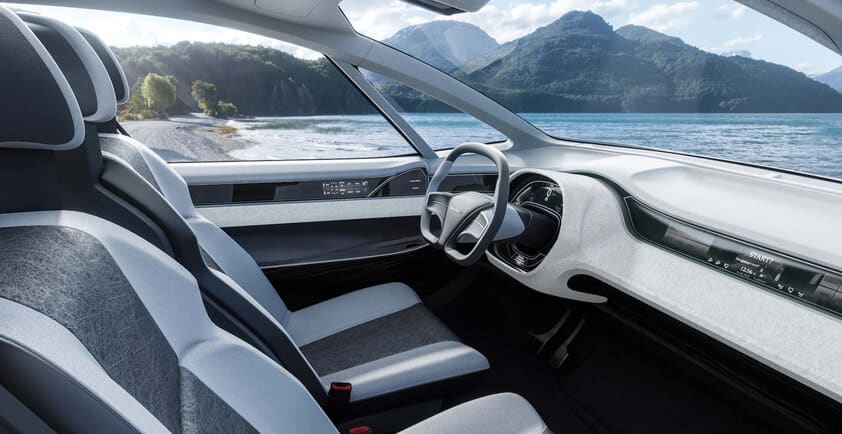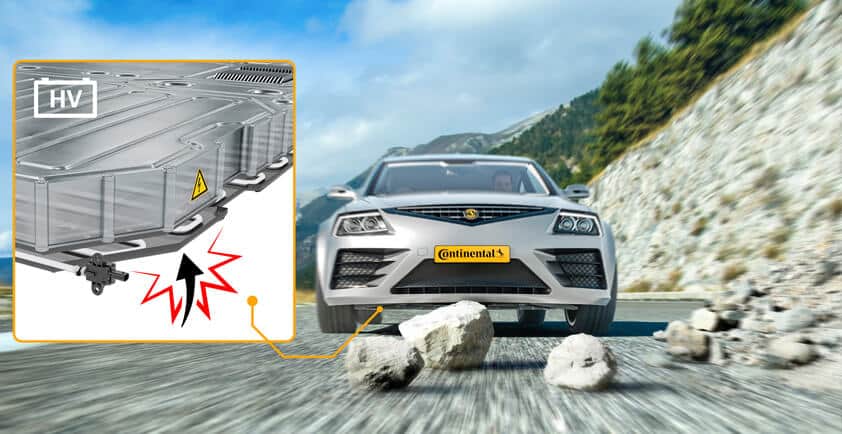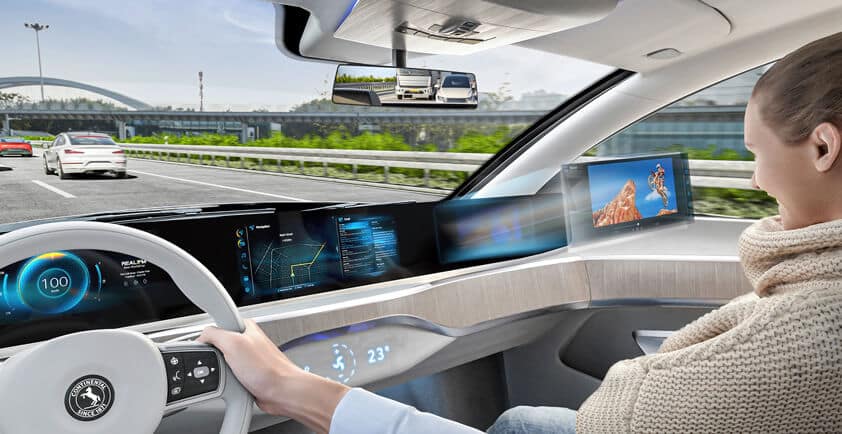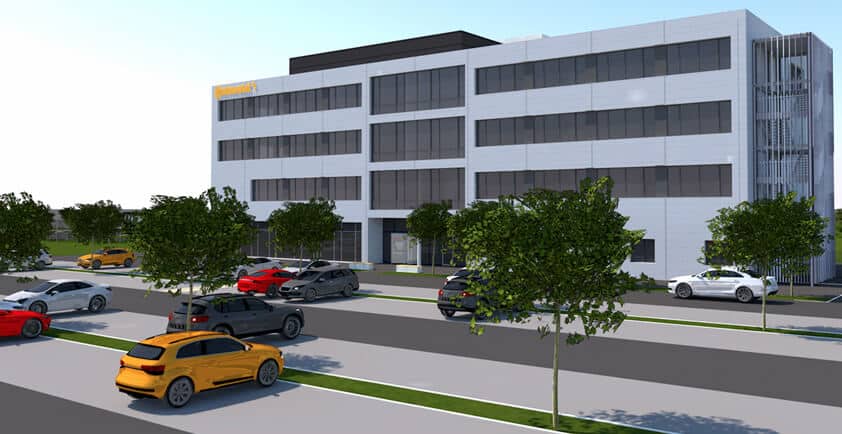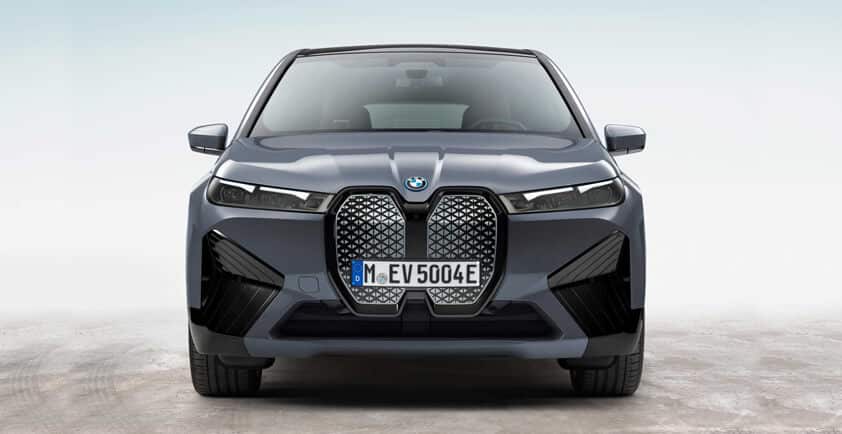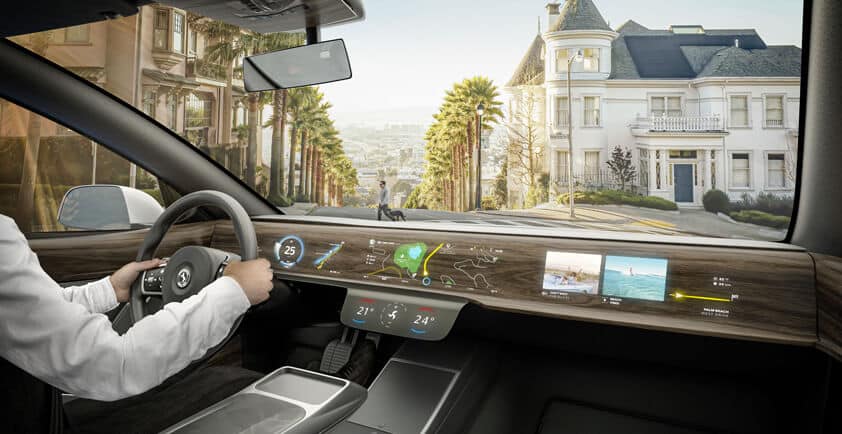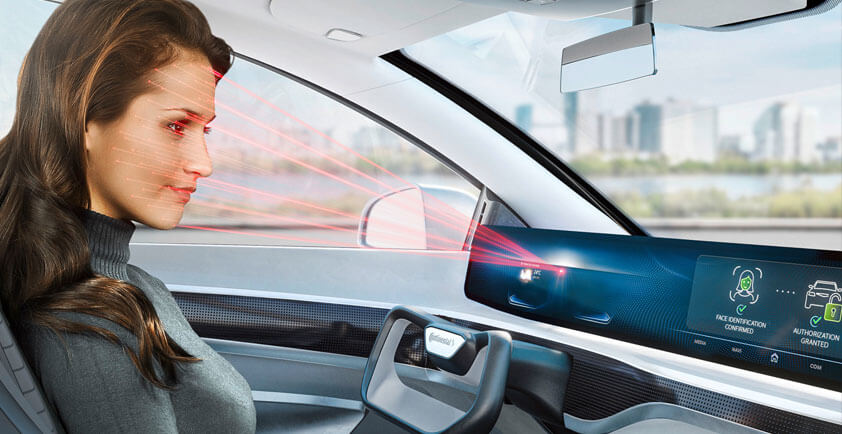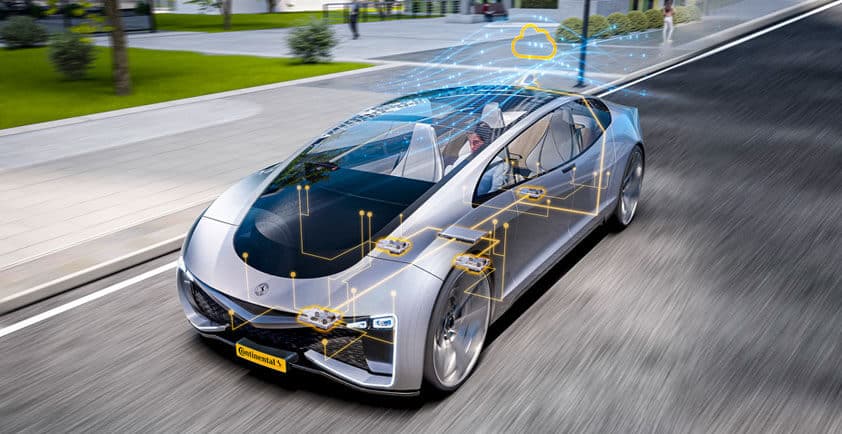
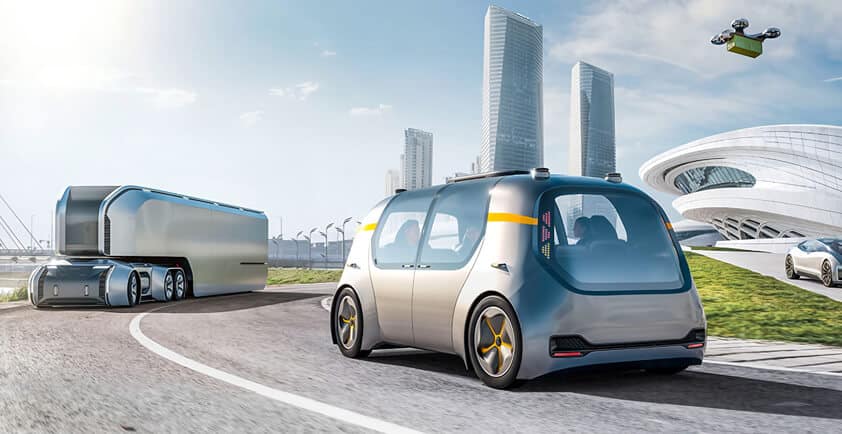
CONTINENTAL DEVELOPS INTELLIGENT SOLUTIONS FOR AUTOMATED DRIVING IN THE CITY
>> Completion of the @CITY joint research project for automated urban mobility
>> Innovative technology for greater safety in complex traffic situations
>> Continental's software expertise as a key discipline for new driving functions
Frankfurt, Germany. Technology company Continental has made great progress in its work on technologies for human-machine interaction, intelligent intersections, special driving functions for inner-city intersections, and bottlenecks as part of the @CITY joint project for automated driving in cities. A total of 15 companies, universities and research institutes, supported by the German Federal Ministry of Economics and Climate Protection, were involved in @CITY. Mastering urban traffic is considered the key discipline of automated driving. The highly complex traffic situations common there can only be mastered with immense software expertise and high-performance sensor technology and processing capacity.
"Continental has long since ceased to be a pure hardware supplier. There are already more than a billion cars on the road worldwide that are running on Continental software. We want to expand this," says Gilles Mabire, Continental's Chief Technology Officer (CTO).
Automated driving in the city is getting closer
Up to now, when people talk about automated driving, they usually mean assisted driving on the highway or highway-like routes. "Parked and narrow streets, cyclists and pedestrians who also use the roadway or cross it, traffic lights or roundabouts – in the city, traffic is many times more complex. Continental has brought together and further developed prototype technologies under defined boundary conditions that also enable automated driving in urban environments," says Marc Simon, one of the project managers for @CITY at Continental. The innovations developed as part of the joint project bring automated mobility in the city much closer.
This is made possible, for example, by merging data from a car's environmental sensors – such as the front camera, surround-view cameras, long- and short-range radars, and lidar – with other external data. This allows digital maps or weather and traffic information to be used to further sharpen the vehicle's "senses". This enables the vehicle's electronics to determine the exact position of the car, for example, independently of external sources such as a GPS – an essential prerequisite for being able to react optimally in unclear or critical situations.
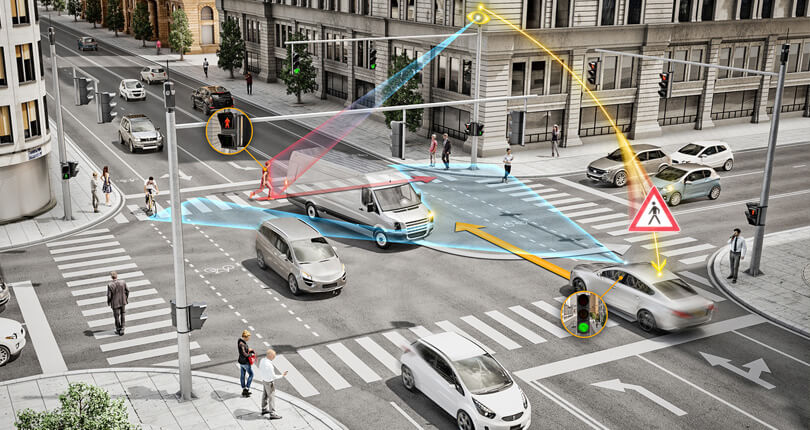
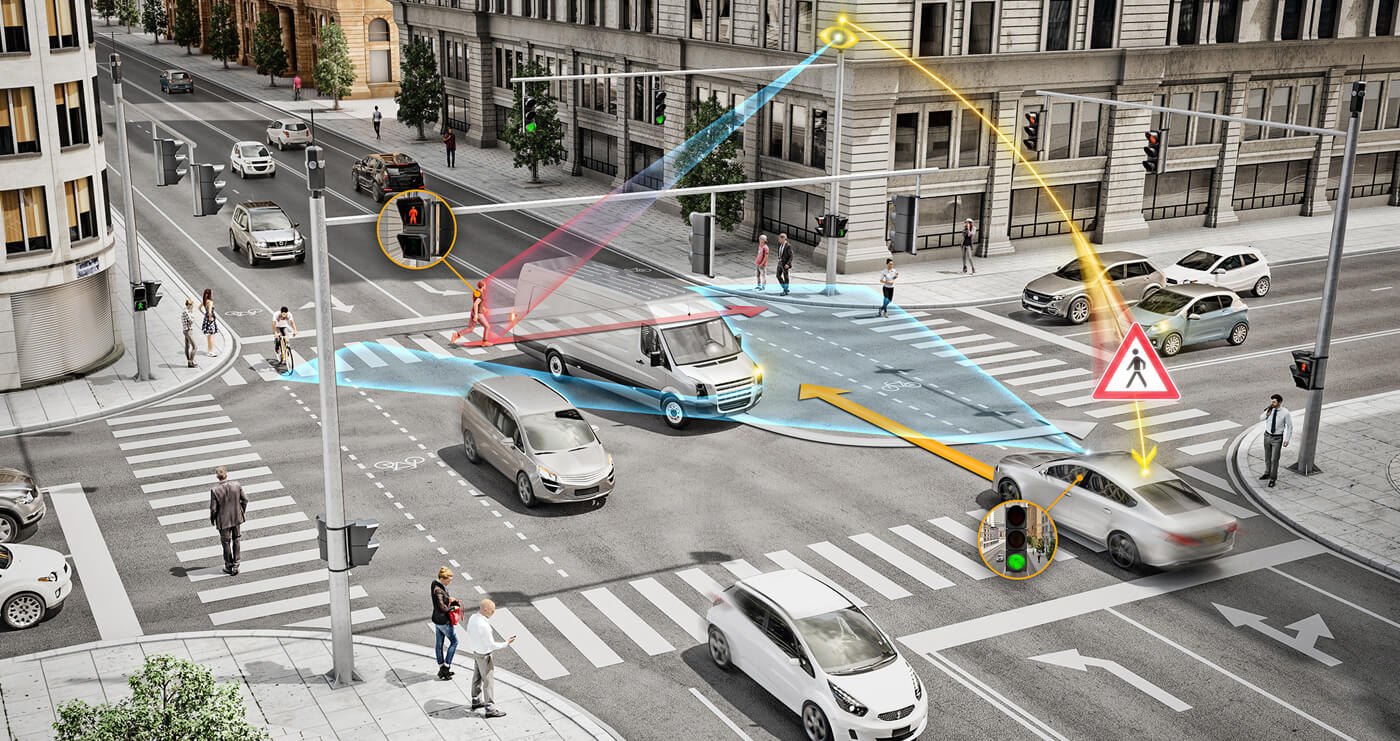
Intelligent and thus safer intersections protect vulnerable road users such as pedestrians and cyclists.
But it is not only its own position that an automated vehicle needs to know precisely, but also that of all other road users around it: especially cyclists and pedestrians. As an additional technological pillar, Continental has developed an infrastructure sensor concept that recognizes weaker road users even when they encounter other objects – such as a parked truck or an advertising pillar. This involves installing additional sensor technology at neuralgic, unclear urban junctions such as intersections, which reports road users to the vehicle via radio technology. This is a measure that significantly increases safety, especially in unclear situations. Prototypes of these systems are already being tested in Frankfurt during regular trips on public roads.
Intelligent software protects pedestrians and cyclists in particular
Another challenge: bicyclists and pedestrians frequently interact with the driver of a passenger car in road traffic. Gestures such as extending the arm to indicate a turn by cyclists must also be recognized and understood by machines. In the project, the necessary software was developed and "learned" for this purpose. "It is crucial for automated driving to train and validate the algorithms," says CTO Gilles Mabire. In @CITY, Continental relied on the use of artificial intelligence and neural networks, among other things, for this purpose.
Not only must the gestures of other road users be recognized, the intentions of the automated vehicle must also be apparent. Continental has therefore further developed both the internal and the external human-machine interface (HMI). The vehicle thus communicates not only with the driver inside, but also with the outside. This is done by means of light signals from a light strip on the outside. "The automated vehicle thus signals, for example, that it will stop for a pedestrian. At the same time, this information is also communicated to the passengers in the automated vehicle so that they can understand the reason for braking," says Stephan Cieler, who is responsible for Continental's research on human-machine interfaces as part of @CITY. Two simulators developed during the project show how this technology can work in practice.
